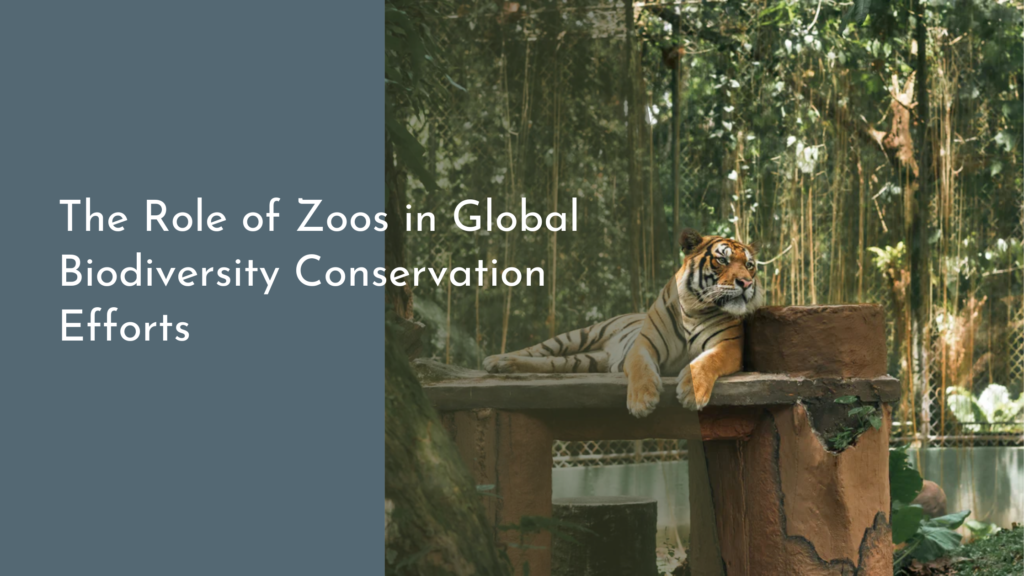How to engage religious institutions in wildlife preservation
Engaging religious institutions in wildlife preservation is not only beneficial for the natural world but also enriches the spiritual missions of these organizations. With their extensive networks and moral influence, religious groups can play a pivotal role in fostering environmental stewardship and raising awareness about biodiversity issues. By understanding their unique perspective and leveraging their community engagement, we can create meaningful partnerships that benefit both wildlife and local populations.
Understanding the Role of Religious Institutions in Conservation
Religious institutions have historically played an essential role in shaping societal values and ethics, including stewardship of the earth. Many faith traditions emphasize a responsibility to care for the creation, viewing nature as a manifestation of the divine. This intrinsic value placed on the environment can serve as a powerful motivator for action within religious communities. By tapping into the theological frameworks that promote harmony with nature, wildlife preservation initiatives can align with the core principles of these institutions.
Moreover, religious organizations often have access to vast resources and networks, allowing them to mobilize large groups of people for conservation efforts. With congregations spanning diverse communities, they can leverage their influence to raise awareness and promote sustainable practices. Establishing connections between wildlife preservation and spiritual teachings can inspire congregants to take action, ensuring that the message resonates deeply within their communities.
Creative Strategies to Foster Environmental Stewardship
To effectively engage religious institutions in wildlife preservation, it is essential to develop creative strategies that resonate with their unique missions. Workshops, seminars, and sermons focused on the intersection of faith and environmentalism can help to educate congregants about the importance of biodiversity and conservation. Utilizing storytelling techniques, which are central to many religious traditions, can vividly illustrate the relationships between humans and wildlife, making the message more personal and impactful.
Another strategy is to collaborate with religious leaders to incorporate wildlife preservation into community service programs. Faith-based organizations often seek ways to give back to their communities, and incorporating ecological projects, such as habitat restoration or clean-up initiatives, can align these service commitments with conservation goals. By framing these activities as an expression of faith, religious institutions can inspire their members to engage in wildlife preservation actively.
Inspiring Community Action through Faith-Based Initiatives
Faith-based initiatives have the potential to serve as catalysts for community action regarding wildlife preservation. By organizing interfaith dialogues and collaborative projects, religious institutions can unite diverse groups around a common cause. These gatherings can promote a deeper understanding of local ecosystems and the challenges they face, encouraging participants to brainstorm collective solutions. By fostering a sense of shared responsibility, these initiatives can amplify the conservation message across different faiths and cultures.
Additionally, creating programs that engage youth within religious communities can instill a lifelong commitment to environmental stewardship. Engaging younger generations through activities such as nature camps, educational outings, and environmental advocacy groups can help them connect their spiritual beliefs with the urgency of wildlife preservation. When young people see their faith communities actively participating in ecological efforts, they are more likely to become advocates for change in their own right.
Celebrating Success: Wildlife Wins with Religious Allies
Celebrating success stories of wildlife preservation efforts led by religious institutions can serve to inspire others to join the cause. Highlighting projects that have led to tangible conservation outcomes, such as habitat restoration or the protection of endangered species, can validate the efforts of those involved. Sharing these success stories through newsletters, social media, and community events can foster a sense of pride and collective achievement among congregants and encourage other religious institutions to take similar action.
Furthermore, recognizing and honoring the contributions of faith-based organizations in conservation can strengthen partnerships and expand outreach. Award ceremonies or public acknowledgments of these initiatives can not only elevate the profile of wildlife preservation but also demonstrate the profound impact that religious institutions can have on ecological outcomes. As more success stories emerge, they can serve as powerful testaments to the potential of faith-based engagement in the ongoing fight to protect our planet’s wildlife.
In conclusion, the path to effective wildlife preservation can be illuminated through the active engagement of religious institutions. By recognizing their vital role and creating collaborative strategies, we can harness the power of faith to foster environmental stewardship and inspire community action. As we celebrate the victories achieved through these partnerships, we are reminded that together, we can make a substantial difference in ensuring a thriving and diverse natural world for generations to come.

